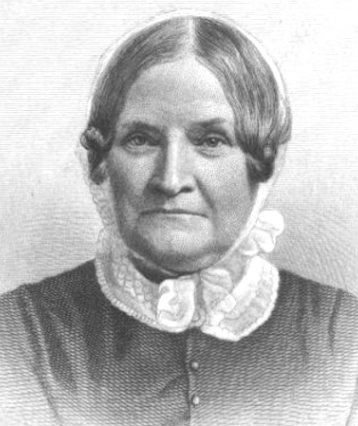Introduction
Lydia Maria Child (1802–80) was an American novelist, journalist, scholar, and activist. Born to an abolitionist family, she was influenced by the anti-slavery beliefs of her brother, a Harvard Divinity School professor and Unitarian minister, and the prominent abolitionist William Lloyd Garrison, and would advocate all her life for the abolition of slavery. In 1826, she founded a children’s periodical, Juvenile Miscellany.
This famous poem, written in 1844, describes, in stages, the journey and eager anticipation of children traveling once again, over the river and through the wood, to the traditional Thanksgiving dinner at their grandparents’ home. Imagining yourself in their place, what do you think makes the journey and the day so special? For what things do the children sing “hurrah,” and how are they related? What role do memory and the repetitions of tradition play in the delights of this holiday? How does the structure of the poem convey those delights?



Post a Comment